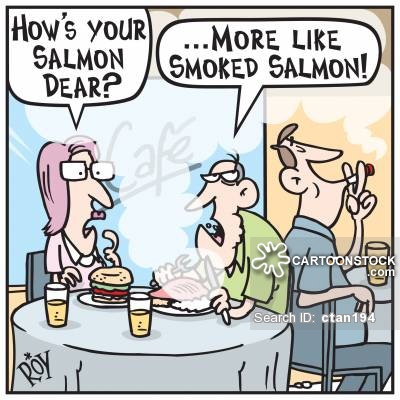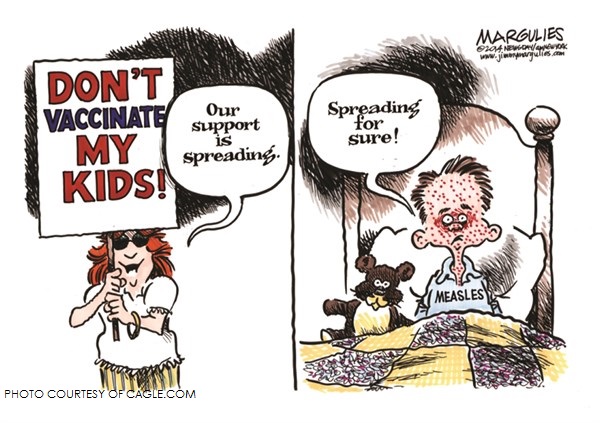Types of externalities - Consumption
Syllabus: Describe the meaning of externalities as the failure of the market to achieve a social optimum where MSB = MSC.| The way to decide whether there is a production externality or a consumption externality is to look at the action that causes the externality.
Is it a producer doing something or a consumer, consuming. For example
is it that vaccines are produced (production externality) that causes the positive externality
of reducing contagion or that people are vaccinated (Consumption externality). |

Negative Externality of Consumption
The act of smoking destroys the health of the smoker but it also destroys the health of those around them (3rd Party effects) through passive smoking.

Positive externality of consumption
You are consuming education at this moment and you are doing it for the benefits it brings to you but there are also external benefits and society as a whole benefits from people taking more education.
Flu jabs and other Vaccinations
Any
vaccination that reduces the contagion effects of viruses has external
benefits or positive externalities. Even someone who does not or cannot
become vaccinated has a reduced chance of catching the virus. Our local
expert is Franco (investigating external effects in his EE).
Insert image of vaccination
Letīs Do Some Economics!
Try matching the following examples of externalities to each type of externality in figure 1 on previous page. Compare your answers with your neighbour - do you agree on every example?
- A person smoking a pipe at a football match causes the person sitting behind to start coughing.
- A large retail organisation attracts numerous extra customers to its store, some of whom spend money in other shops in the vicinity (maybe a shopping mall).
- Children are taken to school by car instead of walking or using public transport. This worsens congestion.
- A couple of households decide to hire a security man to patrol the street all-night throughout the week.
- Juggernauts (large trucks/lorries) travel through inner city areas, causing traffic congestion for other commercial road users that raises their production costs.
- A power station emits black fumes into the air that discolours the paintwork of nearby houses.
- Farmers provide pathways in the countryside that benefit walkers.
- A private gardener plants an assortment of beautiful plants in her front garden and enhances the environment for her neighbours and passers-by.
- St Paulīs School hold International Day celebration - Cars are parked all-day on the street, noise of activities is very loud, litter on the street increases.
- Volkswagen builds a dam to supply hydro-electric power to
its factory and the local community use the dam for fishing, sailing
and other forms of recreation.
